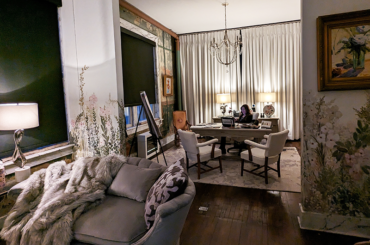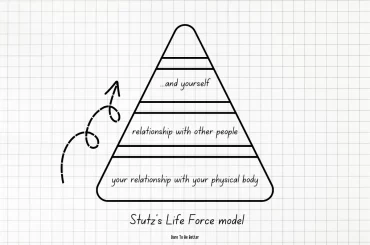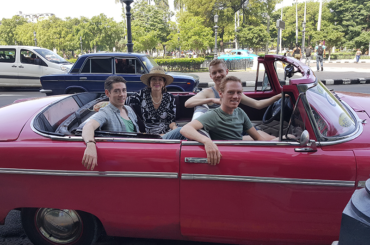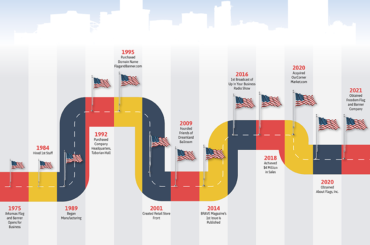My granddaughter, Evelyn, used the words “uncanny valley” when I mentioned taking her and her little brother, Marshall, to see the new Jim Carrey fantasy/sci-fi movie, Sonic The Hedgehog.
When I said, “Let’s have a night at the movies,” Evelyn tersely negated the idea, saying she’s not interested in seeing that show because she’s creeped out by what she’s heard about the CGI animation. She is almost 14 years old, so I just chalked it up to teenage angst. But then she went on to explain and make a good point. She said, like the recently panned movie Cats, the CGI editing in Sonic The Hedgehog evoked a negative, uncanny-valley feeling in her. I had to look it up.
Uncanny Valley Definition and Origin
un·can·ny val·ley
noun
1. used in reference to the phenomenon whereby a computer-generated figure or humanoid robot bearing a near-identical resemblance to a human being arouses a sense of unease or revulsion in the person viewing it.
This term was first coined and used in 1970 by Japanese roboticist, Masahiro Mori. To date, no one has quite been able to explain why this on-screen, nearly human animation is so unnerving to the human psyche.
In an effort to try and make sense of the phenomenon, Dr. Ayse Saygin, a cognitive scientist at the University of California, said in an online publication by ScientificAmerican.com, “When you make appearances humanlike, you raise expectations for the brain. When those expectations are not met, then you have the problem in the brain.”
Pixar learned this in 1988, when they made a short film call “Tin Toy” and the test audiences hated the computer-generated baby named Billy. Both the musical Cats and Sonic The Hedgehog were panned by the critics, in large part, for the unexplainable hypothesis that this uncanny valley elicits cold and eerie feelings in viewers. Now I really want to see them both.
Uncanny Valley Usage
As the world’s economy moves more and more towards the use of robotics in our everyday lives, “uncanny valley” is a phrase we might as well get comfortable with and go ahead and add to our vocabulary. “Uncanny valley” is also a fun phrase to use incorrectly. You can say things like, “I woke at 3 am and laid awake in an uncanny valley.” Or “don’t walk down that dark street, it looks like an uncanny valley.” Or “I have a cavity that feels like an uncanny valley.” This misuse of the phrase, in some ways, seems more right especially when talking about the Coronavirus pandemic.
If ever I have the pleasure of making a crossword puzzle grid, I’m using the clue: CGI eerie feeling – UNCANNY VALLEY.
If you’d like to read more from Kerry, subscribe to the blog. To see a list of her interviews with prominent and inspiring figures go to the Up In Your Business YouTube Channel or wherever you like to listen to podcasts. Be sure to subscribe there for weekly updates.















